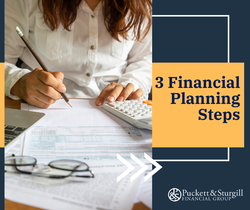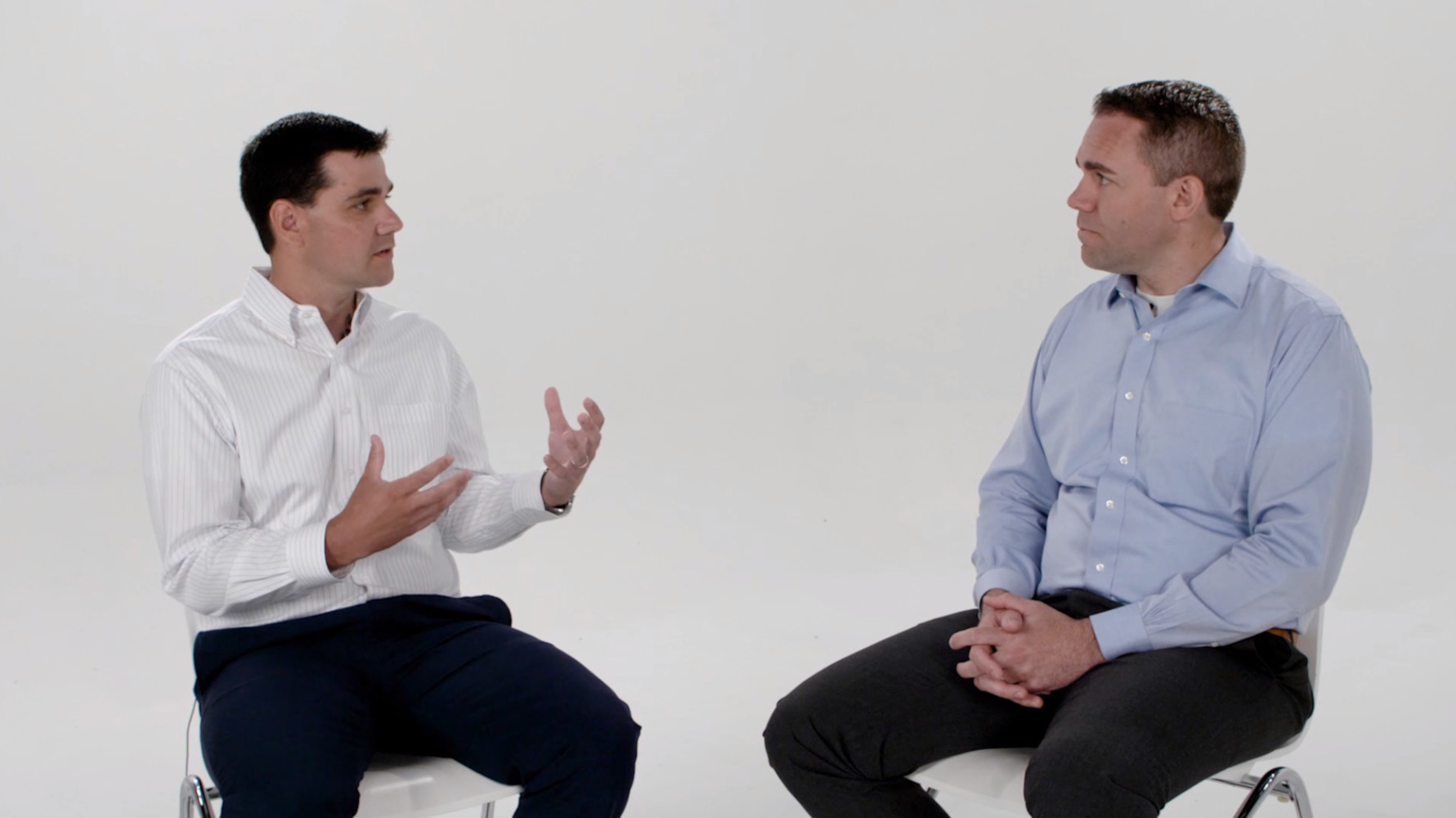Social Security Isn’t Enough: How Social Security Fits into a Well-Rounded Retirement Plan

If you’re nearing retirement age, you know the Social Security process and how much you will likely receive. With that information, you may have also anticipated that your Social Security benefit would not be enough to sustain you in retirement and, by itself, would not fully allow you to enjoy your retirement plans.
How Much Social Security Might You Expect?
Social Security checks recently have averaged around $1,831, with maximum benefits at full retirement age capping at $3,627. For many, this is well below their average monthly earnings and often insufficient to cover monthly expenses, especially with rising inflation costs. The poverty line for 2023 was around $1,215 per month, which puts many people receiving only Social Security fairly close to the poverty line.1
Exactly How Short May Social Security Leave You
Exactly how short on funds you will be in retirement based on just receiving Social Security will largely depend on your income pre-retirement. If you had an average income of $65,000, your Social Security would replace about 40% of your average income. If you make over $150,000 annually, your Social Security income replacement will drop to around 20%.2
Save Up and Retire the Way You Want
While Social Security is an excellent supplement to your retirement savings, it should only be part of the monthly income you receive. So, how do you ensure you can retire the way you want? Take advantage of your time before retirement by saving as much as possible, following the few tips below.
Max Your 401k Contribution
If you have a 401k with an employee match, contribute up to the maximum amount they will match. The match is free money that will have the ability to grow along with yours and provide a boost to your savings. Your contributions are also tax-deferred, which means you will save a little on taxes.2
Consider a Roth IRA
Roth IRAs are a different type of savings vessel that allows you to save money that is already taxed at your current tax rate so that you will not need to pay taxes when it comes time to withdraw the funds. If you fall under the maximum guidelines for contributing, it is an excellent time to consider putting funds in one.2
Why It Is Better to Rely on Savings Than On Social Security
There are many benefits to basing your retirement income on your retirement income instead of the benefit you will receive from Social Security. Not only can you control how much you will receive from your monthly savings, but you will also have greater flexibility. If you have a significant project or expense, you will be able to take money out of your retirement account to cover the cost. In contrast, funds from Social Security will only be released in the specified amount on the specified date.2
Important Disclosures:
The opinions voiced in this material are for general information only and are not intended to provide specific advice or recommendations for any individual. To determine which investment(s) may be appropriate for you, consult your financial professional prior to investing.
Contributions to a traditional IRA may be tax deductible in the contribution year, with current income tax due at withdrawal. Withdrawals prior to age 59 ½ may result in a 10% IRS penalty tax in addition to current income tax.
The Roth IRA offers tax deferral on any earnings in the account. Withdrawals from the account may be tax free, as long as they are considered qualified. Limitations and restrictions may apply. Withdrawals prior to age 59 ½ or prior to the account being opened for 5 years, whichever is later, may result in a 10% IRS penalty tax. Future tax laws can change at any time and may impact the benefits of Roth IRAs. Their tax treatment may change.
All information is believed to be from reliable sources; however, LPL Financial makes no representation as to its completeness or accuracy.
This article was prepared by WriterAccess.
LPL Tracking #540922
Footnotes:
1 What Social Security Will Look Like When You Retire?, Investopedia, https://www.investopedia.com/articles/personal-finance/022516/what-will-social-security-look-when-you-retire.asp#:
2 Why You Shouldn’t Count on Social Security, US News, https://money.usnews.com/money/retirement/social-security/articles/why-you-shouldnt-count-on-social-security
Sources
https://www.investopedia.com/articles/personal-finance/022516/what-will-social-security-look-when-you-retire.asp#:
https://money.usnews.com/money/retirement/social-security/articles/why-you-shouldnt-count-on-social-security












